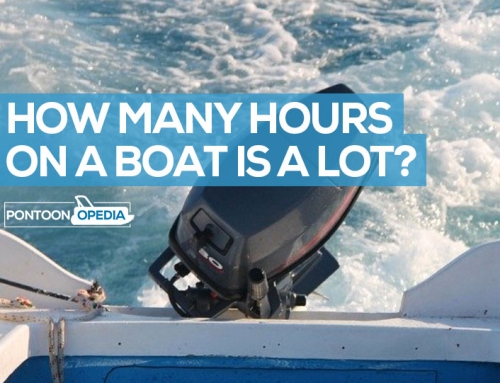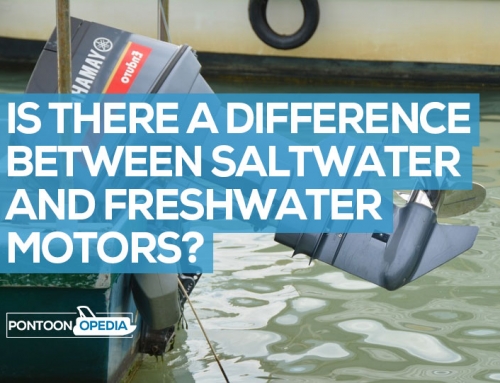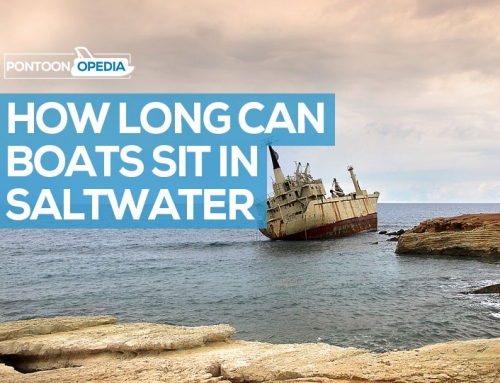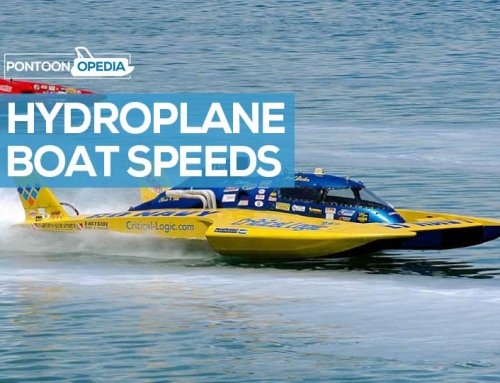Are you looking for the answer to the quizlet or Boat Ed exam to the question “which side of a boat has a green light at night”, or do you simply want to improve your knowledge of boating with the correct information to help keep you safe?
The side of a boat which has a green light at night will always be the starboard side. They are designed to be visible to any another approaching vessel from head-on or a side angle and are required by law.
So that’s simple enough, but it’s only going to be simple if you can remember which side is which, and what color lights goes on what side.
I’ve previously blogged some easy ways to remember port and starboard, but if you don’t have time to click and read that, here’s a short-cut memory trick.
Table of Contents
How to remember which side of a boat has a green light
The word “port” has 4 letters in it. The word “left” also has 4 letters in it. So, all you need to remember is that similarity in order to know the difference between port and starboard directions on a boat or ship.
And then to remember which color goes in which side you have this saying:
There is no RED PORT wine LEFT in the bottle.
Using that last example, the bottom line is that if you can remember one side, in this case port, you will then know that the opposite will apply for starboard.
Why red and green lights are important on a boat
Knowing your navigational lights will be key to keeping safe on the water, with the law stating you must have night-time navigation lights on from sunset to sunrise.
By having the correct lights on your boat, other vessels will be able to see you, and you can see theirs to help avoiding collisions and accidents.
There are four most widely used different navigational lights required on a boat to help with visibility once darkness has fell.

Image from the excellent AceBoater.com website.
Sidelights (aka combination lights)
Also known as combination lights, the side red and green navigation lights are designed to be seen by other boats, ships and vessels approaching you.
They are set up so that they are visible no matter what direction another vessel is coming towards you, be it from the left, right, side, rear, or head-on.
A red light will be found on the port (left hand) side, and a green light will be found on the starboard (right hand side).
Sternlight
At night, your sternlight should be shining all the time. It’s placed as close as you can get it to the stern. All motorboats are required by law to have a sternlight installed.
What color is a sternlight?
It will always be a white light and is set-up to shine at 135 degrees from the rear of your boat.
Masthead light
This is another white light, but this time is set-up to be visible from the forward position and from both sides of the boat. Again, it’s required by law on all motorboats who are engine-powered between sunset and sunrise.
If you see a vessel in the distance that doesn’t have a masthead light, then it’s likely going to be a sailboat.
All-round white light
If your vessel is engine-powered and less than 39.4 feet in length, then you can have an all-round white light in place combining a sternlight and masthead light into a single unit.
As with other navigational lights discussed in this guide, it should be visible from any given point on the water.
Once you have stopped and anchored down, you can switch off your green and red sidelights and just have this white light on to keep you visible.
Tips for boating at night
Now that you know which side of a boat has a green light at night, it’s time for a few practical tips on how boat safely at night, using your navigation lights.
- If you see a white light in your path, it means that you can overtake it. The boat with just the white light on is called the stand-on vessel, so you can go past on either port or starboard side.
- If you see a red or green navigation light in your path, it’s your role to be the stand-on vessel, meaning you let the other boat pass safely. Be alert just in case the other captain hasn’t seen you or doesn’t know the maritime navigational rules.
- If you see a white and red light in your path, then it’s your turn to give way to the other boat. You are required to slow down, keeping speed constant and steady until the other vessel has passed you. Alternatively, you are allowed to change direction to the right, and then pass the other boat.
- If you see just a red light, or only a green light, then it’s probably a sailing boat in your path at night. You are the one to give way.
- If you see a green light only in your path, then it could be a flashlight from someone in a canoe or kayak sized vessel. Boats without motors and engines under 23 feet in length are required by law to have a white light seen from all angles so other vessels are aware of its existence.
You might also like
You might also be interested in these additional guides and question answers I have published on Pontoonopedia.
- What color is displayed on the starboard side of a boat?
- Learn this simple trick to remember port and starboard
The last word…
I hope that this has helped you to understand better the rules regarding night-time navigation lights on boats, in particular which side of a boat uses a green light for navigation.
If you are taking a boat exam, quizlet, or boating test then I wish you all the luck in the world. But please don’t cheat, make sure you research all the answers and learn the navigational rules off by heart as they could one day save your life.






